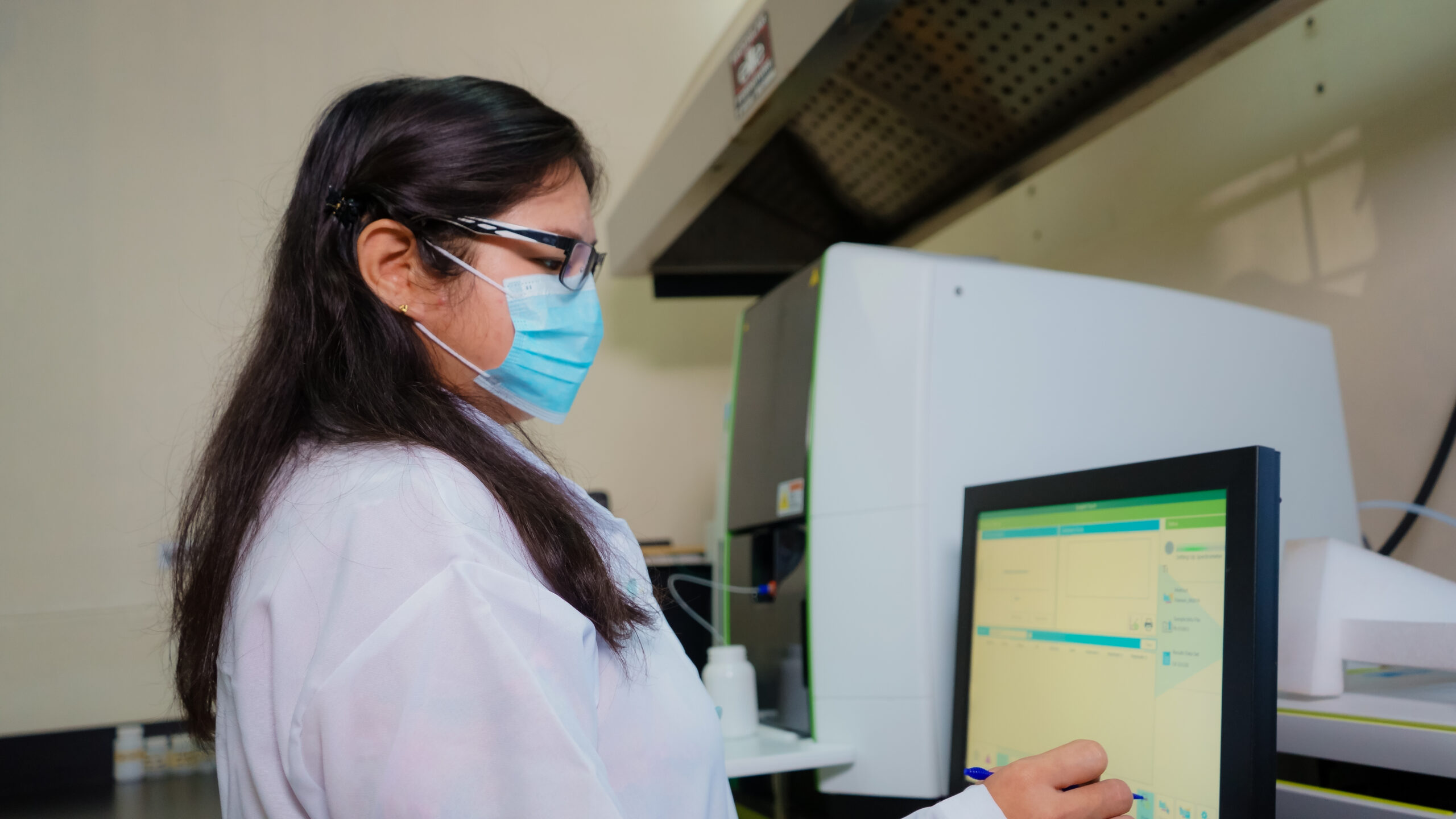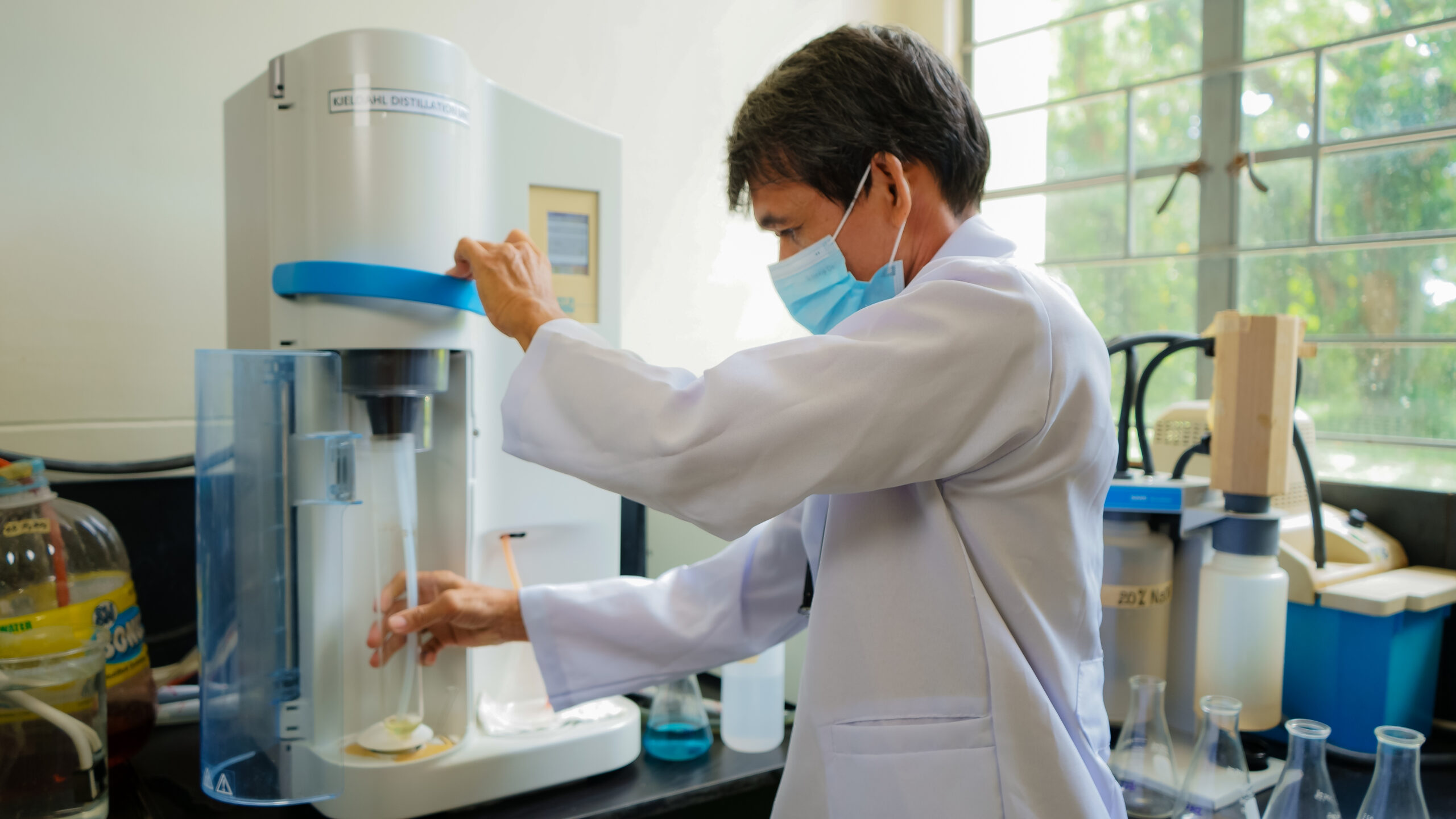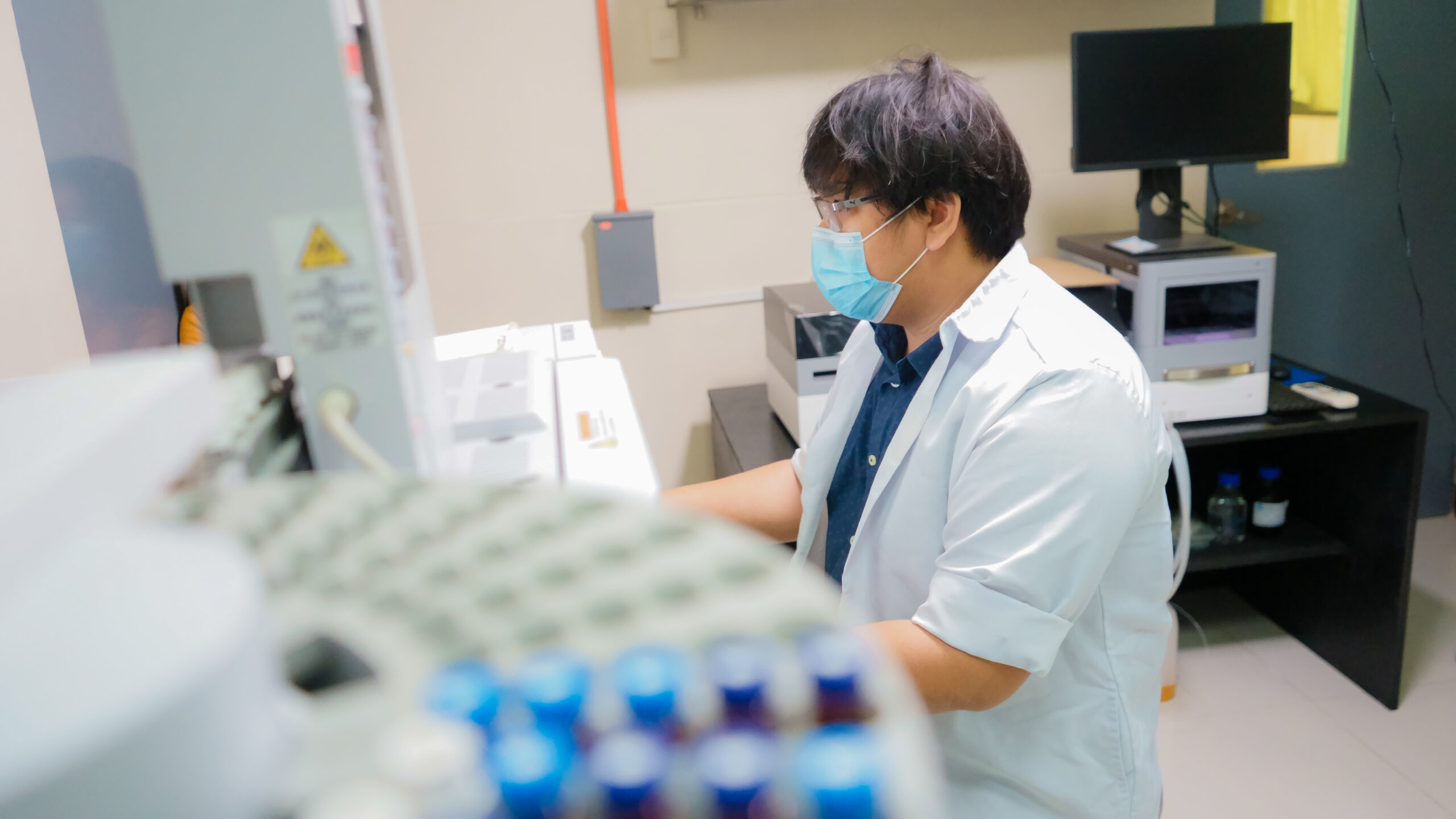Advance Animal Science Research and Training Laboratory
The Advance Animal Science Research and Training Laboratory (AASRTL) accommodates to the needs of researchers, classes, and students of the Institute of Animal Science. Managed by licensed chemists and highly trained laboratory technicians, AASRTL caters the following chemical analyses: (1) Proximate Analysis (ash, crude protein, crude fate, and crude fiber content determination); (2) Mineral Analysis (calcium and phosphorus), (3) Gross Energy Determination, (4) Acid Detergent Fiber Analysis, and (5) Neutral Detergent Fiber Analysis.
The AASRTL was donated by the Philippine Foremost Milling Corporation and it houses the following equipment:
- Raw fiber extractor
- Kjeldahl apparatus
- Amino acid analyzer
- Bomb calorimeter
- High performance liquid chromatography
- Gas chromatography
- Atomic absorption spectrometer
- Laboratory mill
- Spectrophotometer
- Solvent extractor
Contact Person:
- Victoria Eden S. Walitang, RCh, RN, MSc
- Laboratory-in-Charge
- Advance Animal Science Research and Training Laboratory
- [email protected]
Animal Products Science and Technology Division
The Animal Products Science and Technology Division (APSTD) contributes to public service and nation building by generating, disseminating, and applying appropriate technologies; and by active advocation of policies that promote food security, food safety, and global competitiveness of animal products. The instruction, research, and extension functions of APSTD focus on animal food products – meat, milk, and eggs. Extension programs involve training workshops on primary processing of farm animals, modern and best practices for the manufacture of animal food products, including methods, processes, and technologies that are linked to food security and consumer safety. The services offered by the Division include slaughter and fabrication with data gathering, objective meat quality assessment, and sensory evaluation of animal food products.
Contact Person:
- Blessy Hanna M. Albaladejo, MSc
- Laboratory-in-Charge
- Meat Science Research Laboratory Complex
- [email protected]






